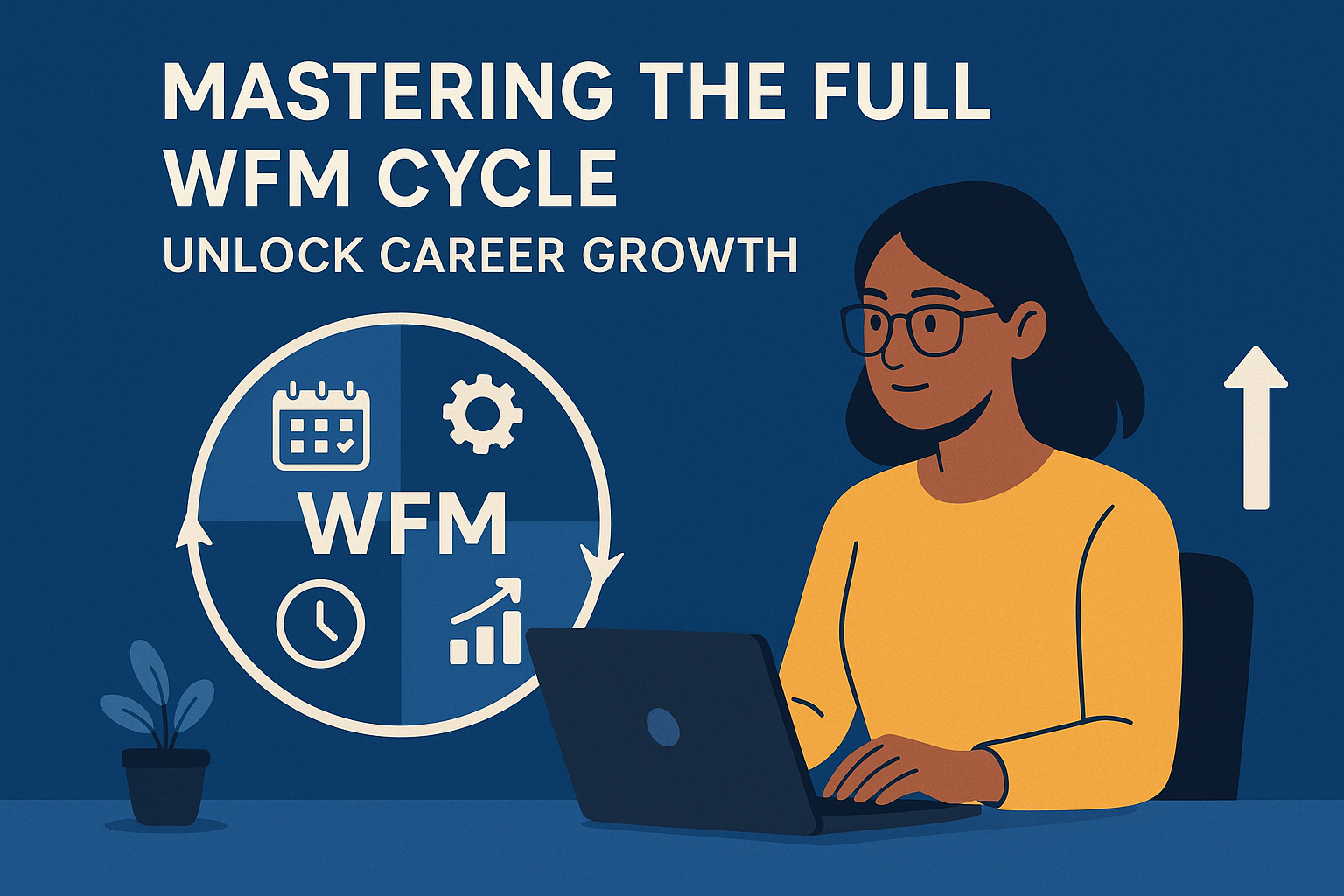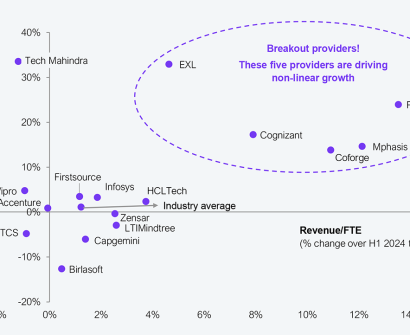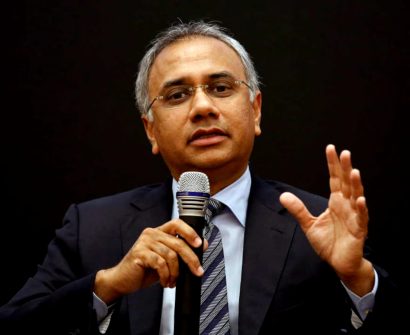Currently Empty: $0

In the Workforce Management domain, most professionals begin their journey in Real-Time Adherence (RTA), progress into Scheduling, and eventually take on leadership roles within those functions. It’s a well-established path—but here’s the critical insight: stopping there can cap your growth, especially if you haven’t ventured into Forecasting and Capacity Planning.
Many professionals in WFM begin their careers in RTA and Scheduling, some advance into managerial roles based solely on that operational experience. While this path builds strong executional skills, it often leads to a growth plateau. Without exposure to Forecasting and Capacity Planning, managers may find themselves limited in strategic influence, unable to contribute effectively to long-term headcount planning, budgeting, or scenario modelling. They may also struggle to collaborate with cross-functional teams, relying heavily on others for data and insights they haven’t learned to generate or interpret themselves. This lack of full-cycle experience can undermine credibility in strategic forums and hinder their ability to mentor team members aiming for broader roles. Ultimately, stepping into leadership without mastering all four WFM pillars—RTA, Scheduling, Forecasting, and Capacity Planning—can result in reactive decision-making, missed opportunities, and constrained career mobility. To break through this ceiling, professionals must proactively seek hands-on exposure across the full cycle, build analytical capabilities, and engage in strategic planning conversations before taking on leadership responsibilities.
To truly advance your career in WFM, it’s essential to embrace the full operational spectrum and master each process—even when the progression follows a reversed sequence.
RTA → Scheduling → Forecasting → Capacity Planning
Hands-on experience across all four pillars doesn’t just deepen your technical expertise—it positions you for strategic leadership roles and unlocks cross-functional opportunities throughout the organization.
The Strategic Value of Full-Cycle WFM Exposure includes:
- Informed Decision-Making
You’ll gain the ability to link real-time operational choices with long-term strategic planning, resulting in smarter, data-driven decisions. - Career Mobility by Design
Instead of waiting for the “right opportunity,” you’ll be proactively equipped to step into forecasting and capacity leadership roles with confidence. - Leadership That Delivers
Managers with full-cycle experience consistently drive better outcomes and mentor teams with greater clarity and impact. - Cross-Functional Credibility
You’ll speak the language of every WFM function, making collaboration seamless and earning trust across departments. - Strategic Visibility
Leaders recognize professionals who can bridge operations and strategy. That’s how you get noticed—and tapped—for high-impact roles.
A Future-Proof Approach to WFM Leadership
Let’s shift the mindset: climbing the ladder isn’t just about promotions—it’s about building a career that’s resilient, adaptable, and strategically aligned. Every WFM professional should aim to complete this domain cycle before stepping into leadership. It’s the difference between managing tasks and leading transformation.
This perspective stems from my own journey and conversations with industry veterans, including one of the co-founders of GWFM. He emphasizes that mastery across all four WFM domains is essential for effective leadership. Practical exposure not only enhances business acumen but also sharpens your ability to make strategic decisions that drive organizational success.
While experiences may differ, one truth stands out: learning the full cycle before taking on a managerial role is far more powerful than trying to catch up afterward.
Author: Kapil Bisht
Source: GWFM Research & Study








